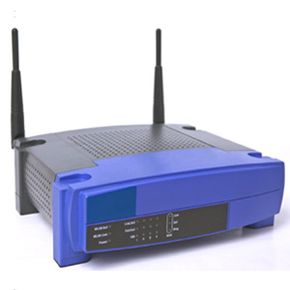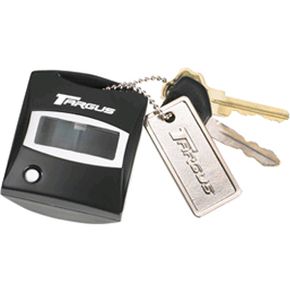Hotspot: This trendy term has taken the Internet-addicted population by storm. If you're not very tech-savvy and aren't familiar with it, take a look when you stroll by cafes and restaurants or the next time you go to the airport. You'll probably see signs letting people know that the location is a WiFi hotspot. You'll also probably notice several preoccupied people with noses buried in their laptops. A WiFi hotspot is simply a place where you can access wireless Internet. In the past few years, WiFi access has seeped into more and more places and facilities.
WiFi access has become so prevalent that it's turned many people into laptop-toting, Internet hunters on the prowl for a signal everywhere they travel. When they reach a place that fits the typical characteristics -- sells books or coffee and has tables or comfy chairs -- they can pretty safely expect to find a WiFi signal. But now that many buildings, college campuses and other kinds of facilities are adopting WiFi, the hunt for a signal is getting more interesting.
Advertisement
Unlike coffee shops that want to attract more customers, other facilities may not make it very obvious if they have a WiFi signal. In this way, the search has become more challenging. There's nothing more frustrating than taking out and booting up your laptop only to find that there's no signal. You'll have to pack up all your stuff, move on and try again. Some poor souls desperate for a signal will wander aimlessly with their laptops open waiting for a sign of wireless life.
After all this rigmarole, you've wasted time, patience and precious laptop battery power. Fortunately, however, there's an alternative. Certain devices have emerged that will help relieve the wandering wireless syndrome: WiFi detectors. Next, we'll explore the technology behind these useful travel gadgets.
Advertisement




